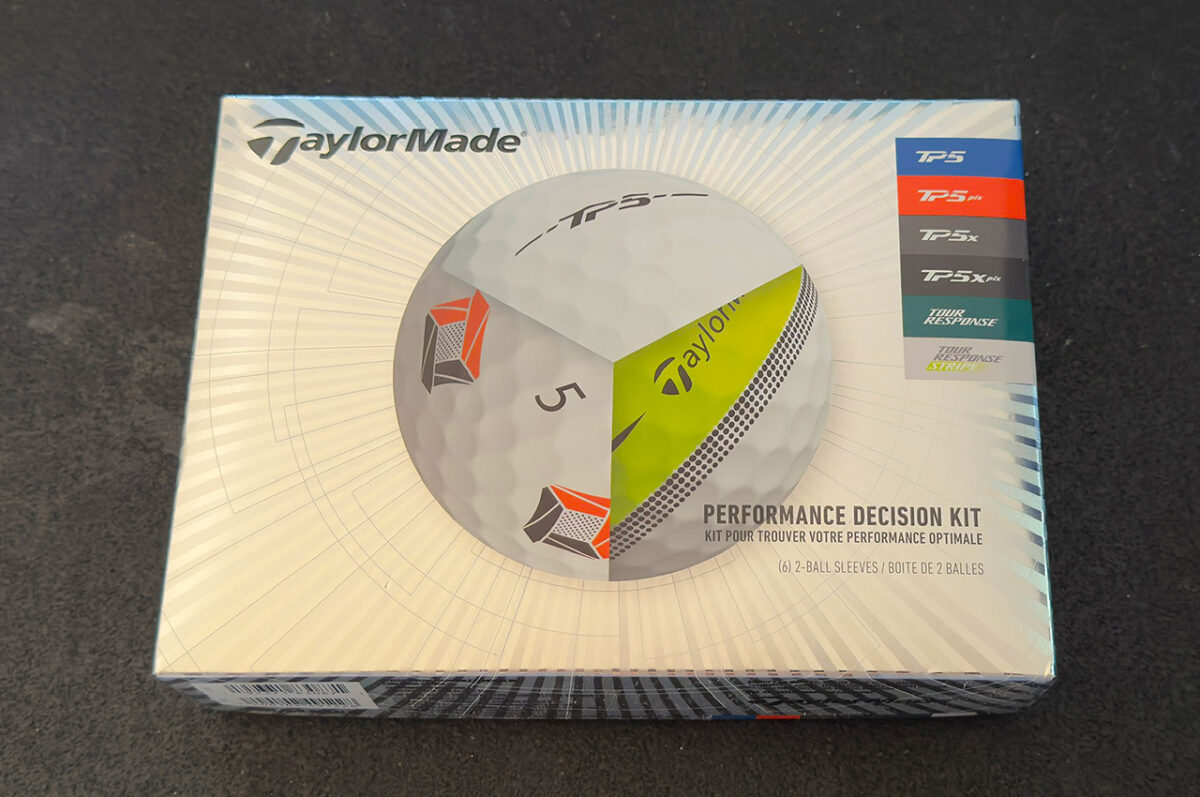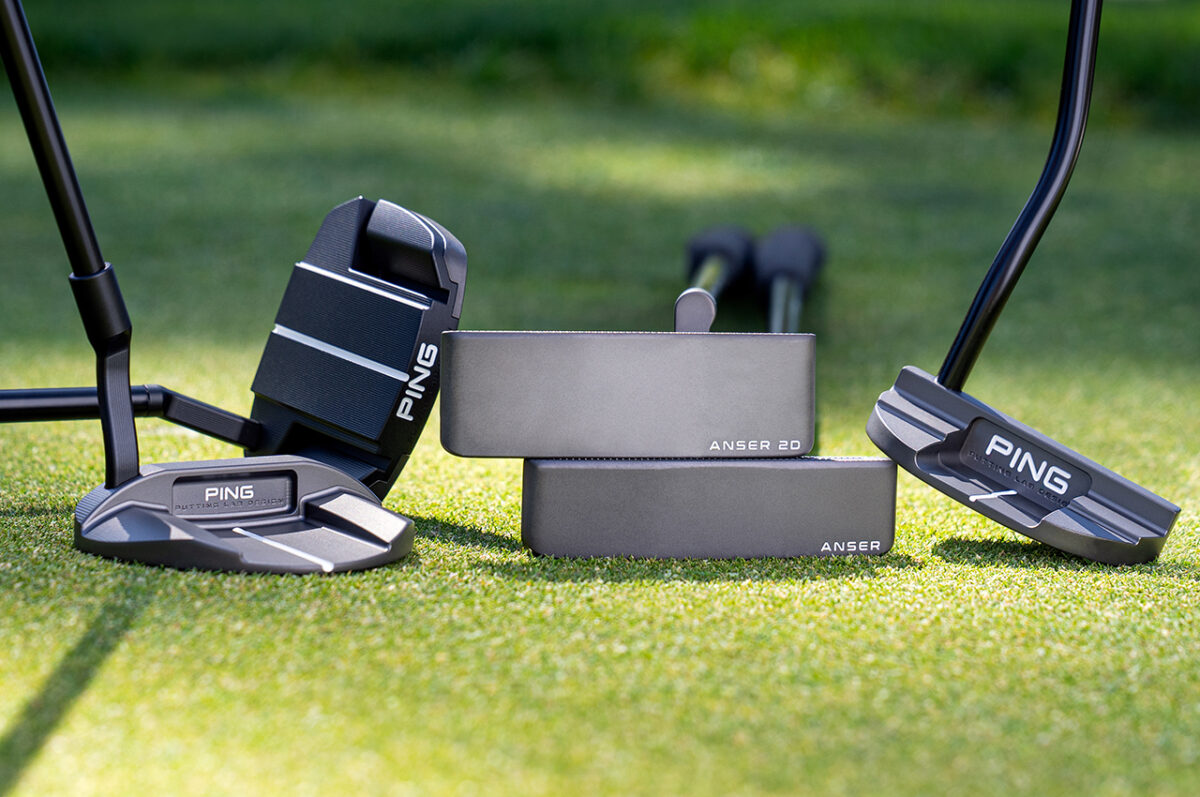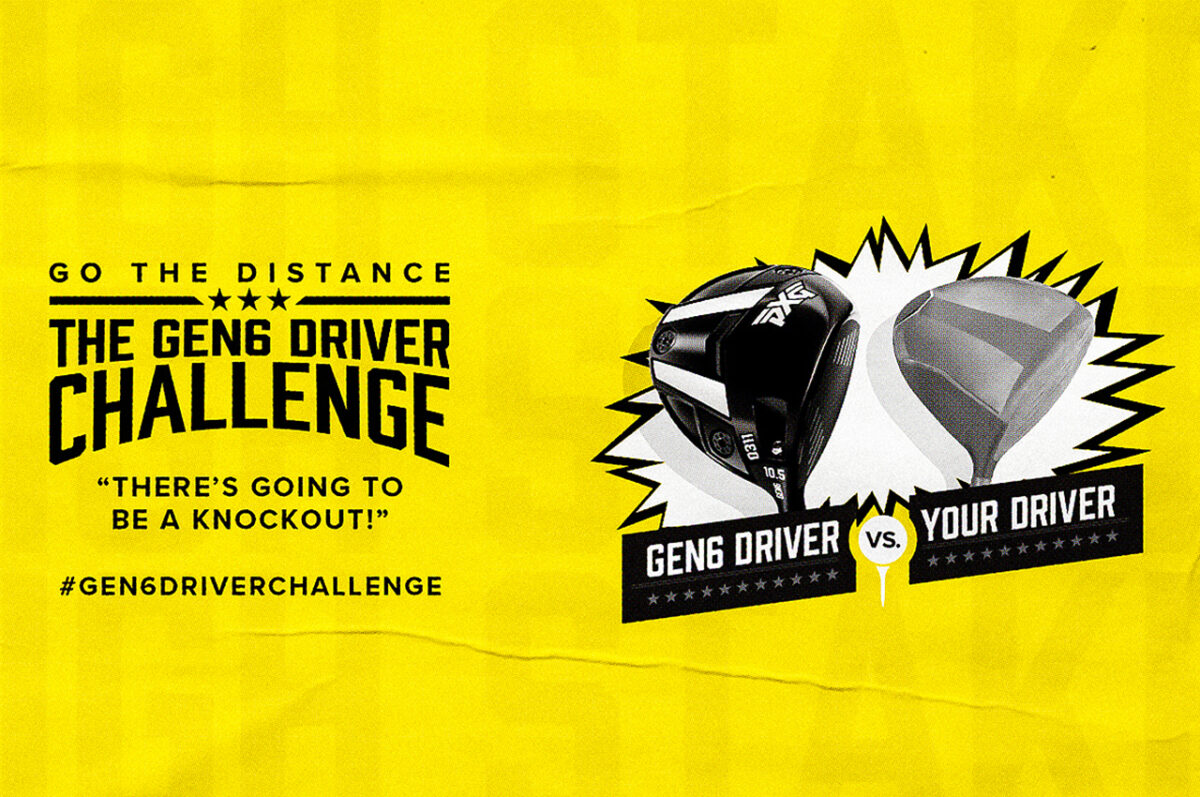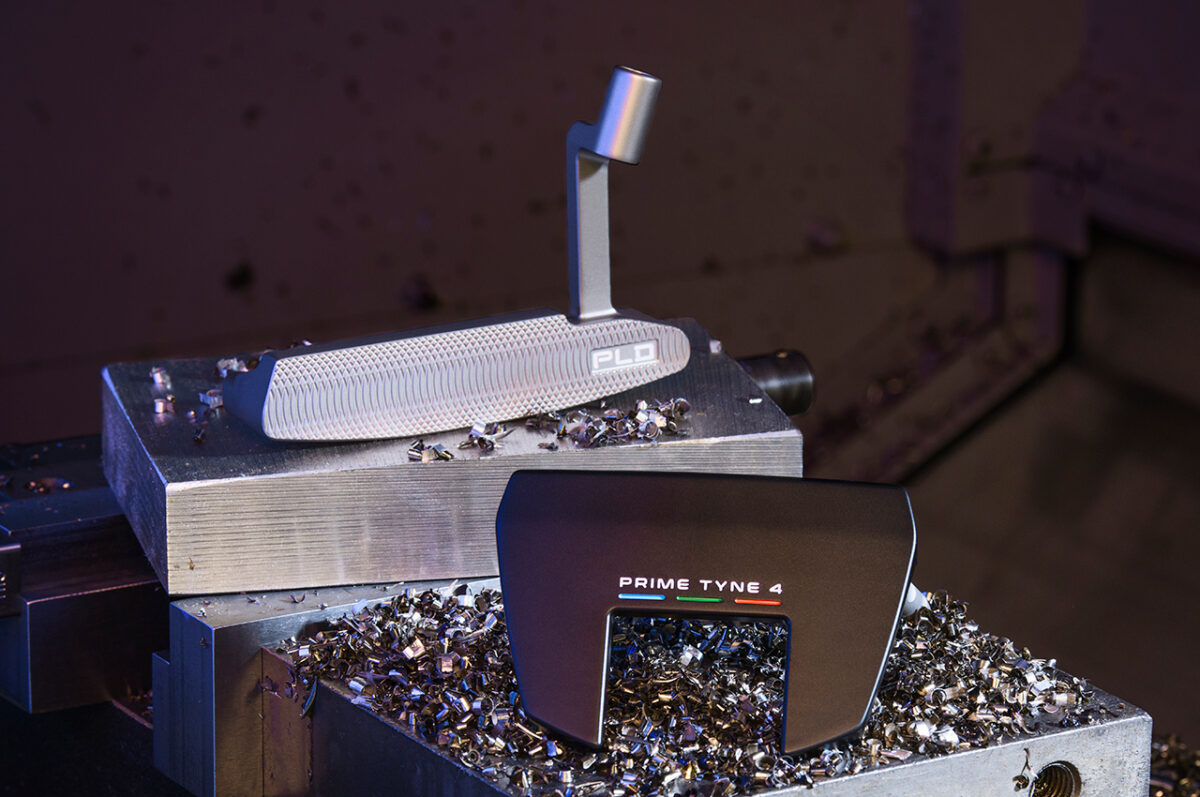With its namesake mountain looming in the background, twilight descending, and the empty, emerald-green fairway laid out in front of me, the 18th hole at Superstition Mountain Golf Club in Golf Canyon, Arizona, was the perfect place to have a little fun.
No one else was around that evening, so I dropped five or six three-ball sleeves of the newest golf balls on the ground and started hitting approach shots, pitch shots and chip shots until darkness made it too hard to see. I made little notes on a pad about how each ball felt and flew, how much it appeared to spin (I didn’t have a launch monitor), checked-up on the green and which balls seemed to end up closest to the hole.
It was the first time I’d really tested golf balls, and it has become a yearly ritual that starts my season every year, although, sadly, Central Connecticut is not as pretty as the Arizona desert in late March.
I have encouraged Golfweek readers to buy three-ball packs of newly released balls at the start of every season and test them against the ball they currently play on several occasions, so when I recently received TaylorMade’s Performance Decision Kit, I thought a brand had finally made the job of ball testing a little easier. Inside the box were six two-ball packs of each urethane-covered ball in the 2024 TaylorMade stable: TP5, TP5 Pix, TP5x, TP5x Pix, Tour Response and Tour Response Stripe.
One box, three different balls in both white and in each ball’s visual-technology version.

But when I reached out to TaylorMade to find out when the Performance Decision Kit was going on sale to the public, I got the bad news: This unique box will not go on sale to consumers. It was created for select members of the media and influencers to make them aware of TaylorMade’s new offerings for 2024.
[anyclip-media thumbnail=”https://cdn5.anyclip.com/ZGzRs40B4tYbd-8K-MC9/1708119517843_248x140_thumbnail.jpg” playlistId=”undefined” content=”PHNjcmlwdCBzcmM9Imh0dHBzOi8vcGxheWVyLnBvcHRvay5jb20vYW55Y2xpcC13aWRnZXQvbHJlLXdpZGdldC9wcm9kL3YxL3NyYy9scmUuanMiIGRhdGEtYXI9IjE2OjkiIGRhdGEtcGxpZD0ibGpkeHV1dHRncXllZW5kdWxmcmdpbGp5am13dTJxenoiIHB1Ym5hbWU9IjE5OTgiIHdpZGdldG5hbWU9IjAwMTZNMDAwMDJVMEIxa1FBRl9NODMyNyI+Cjwvc2NyaXB0Pgo8c2NyaXB0IHR5cGU9ImFwcGxpY2F0aW9uL2xkK2pzb24iIG5hbWU9ImFjLWxyZS1zY2hlbWEiPgogewogICJAY29udGV4dCI6Imh0dHBzOi8vc2NoZW1hLm9yZyIsCiAgIkB0eXBlIjoiVmlkZW9PYmplY3QiLAogICJuYW1lIjoiVGF5bG9yTWFkZSBHb2xmIEJhbGwgRmFjdG9yeSIsCiAgImRlc2NyaXB0aW9uIjoiVGhlIHZpZGVvIGlzIGEgdG91ciBvZiB0aGUgVGF5bG9yTWFkZSBnb2xmIGJhbGwgZmFjdG9yeSBpbiBMaWJlcnR5LCBTb3V0aCBDYXJvbGluYS4gVGhlIGZhY3RvcnkgaGFzIGJlZW4gaW4gb3BlcmF0aW9uIHNpbmNlIDIwMTMgYW5kIGN1cnJlbnRseSBlbXBsb3lzIGFyb3VuZC4uLiIsCiAgImR1cmF0aW9uIjoiUFQxME01Ny42UyIsCiAgInRodW1ibmFpbFVybCI6Imh0dHBzOi8vY2RuNS5hbnljbGlwLmNvbS9aR3pSczQwQjR0WWJkLThLLU1DOS8xNzA4MTE5NTE3OTU2XzQ4MHgyNzBfdGh1bWJuYWlsLmpwZyIsCiAgInVwbG9hZERhdGUiOiIyMDI0LTAyLTE2VDIxOjI4OjE4Ljg3N1oiLAogICJpbnRlcmFjdGlvblN0YXRpc3RpYyI6ewogICAiQHR5cGUiOiAiSW50ZXJhY3Rpb25Db3VudGVyIiwKICAgImludGVyYWN0aW9uVHlwZSI6IHsgIkB0eXBlIjogImh0dHA6Ly9zY2hlbWEub3JnL1dhdGNoQWN0aW9uIiB9LAogICAidXNlckludGVyYWN0aW9uQ291bnQiOiA4NjAzNQogIH0KIH0KIDwvc2NyaXB0Pg==”][/anyclip-media]
I recently went to TaylorMade’s golf ball manufacturing plant in Liberty, South Carolina. I have also visited Callaway’s facility in Chicopee, Massachusetts, along with Titleist’s golf ball plant in New Bedford, Massachusetts, several times. These state-of-the-art facilities turn out millions of dozen boxes of golf balls every year thanks to lots of proprietary systems, customized machines and other automated processes. The assembly lines are built to make thousands of the same ball at a time, paint them, number them, add them to sleeves and then get those sleeves into dozen-ball boxes.
I assume creating something like the TaylorMade Performance Decision Kit involves a level of small-batch work that would be difficult to do at scale. In fact, it would likely fall to the custom golf ball department that handles corporate orders and other small-batch projects. Still, that doesn’t mean I don’t want TaylorMade and other brands to make dozens of boxes like this available to everyone.
For the last 20 years, the percentage of golfers who buy their clubs after going through a custom fitting season has dramatically increased because while a good-quality custom fitting session can take time, the result is a club that is ideally suited for the player. Once players go through a fitting for a driver or irons, they never buy “off the rack” again. Custom fitting for putters and wedges still lag behind woods and irons, but those numbers are going to climb.
Golf ball fittings? Almost no recreational golfers get fit for the ball they use, which is why a multi-ball pack sold as a fitting tool is something we need. It would make the process easier if you could buy a dozen box and get a sleeve of:
- Bridgestone Tour B X, Tour B XS, Tour B RX and Tour B RXS
- Callaway Chrome Tour, Chrome Tour X, Chrome Soft and ERC Soft
- Srixon Z-Star, Z-Star XV, Z-Star Diamond and Q-Star Tour
- TaylorMade TP5, TP5x, Tour Response and Soft Response
- Titleist Pro V1, Pro V1x, Pro V1x Left Dash and AVX
Any time I talk with a brand about helping golfers find the right clubs, they all say custom fitting is the key. If you don’t get custom fit for your woods, irons, wedges or putter, you are almost certainly leaving some performance behind. The same thing holds true with golf balls.
Unfortunately, TaylorMade’s Performance Decision Kit may be an example of a great idea that is not ready to become a reality for most golfers.






















